I'm a maximalist and my partner is a minimalist – learning to compromise with these meet-in-the-middle decor ideas changed the way we live for the better
Moving in with a partner? Beautifully blend two interior design styles to perfection, as told by someone who has tried and mastered the look over many years


Learning how to combine decorating styles is an art form that isn't always easy to master, especially if you and your significant other do not share the same interior design personality.
I've loved maximalist decor ideas since I was a child. Clashing colors and mismatched patterns brought me so much joy. I've always reveled in the excess when it came to designing and planning the spaces that I reside in. My partner, on the other hand, is the complete opposite.
When I first stepped foot in his coastal apartment, it was a haven of serene neutrals and minimalist decor ideas, streamlined furniture, and the walls were devoid of, well, anything. I didn't realize until this moment that my adult self was actually craving some calm, and in his own words, he never expected a few additional colorful accessories and artwork would lift the space as much as they did. It was certainly a valuable lesson in compromise for both of us.
We've been together for nine years now, and there are a few design lessons anyone with the same conundrum can take from the situation. I've learned that there is beauty in minimalist decor ideas, and he has wholeheartedly embraced a carefully curated selection of maximalist decor ideas. As for which is the reigning style, I'll let you be the judge.
What is the difference between maximalist and minimalist design?
Maximalist decor is about embracing excess. Think large doses of color, exuberant pattern and plenty of textural elements. While 'more might be more', the current trend for maximalism doesn’t equal mess. Think of your space as a carefully curated Aladdin’s cave of treasures, with each item on display even more fascinating than the last.
Designers, decorators and homeowners wishing to recreate the maximalist decor trend often choose to decorate with maximalist color ideas, luxurious pieces and exuberant patterns. Invest in lavish looks that wouldn’t look out of place in the grandest of palaces.
On the opposite side of the spectrum, minimalist decor is all about taking the less-is-more approach to decorating.
In this busy modern world, having a restful sanctuary to return to has never been more important, so it’s no wonder that homeowners are turning to the principles of minimalism and creating pared-back spaces perfect for switching off and unwinding.
Minimalism itself is rooted in the principle of ridding your home of clutter. It is about harnessing the power of a 'clean' space that is limited to just a handful of key pieces and meaningful items. This design philosophy also centers around a sustainable and more efficient way of living.
1. Decorate with color – but stick to a tonal palette
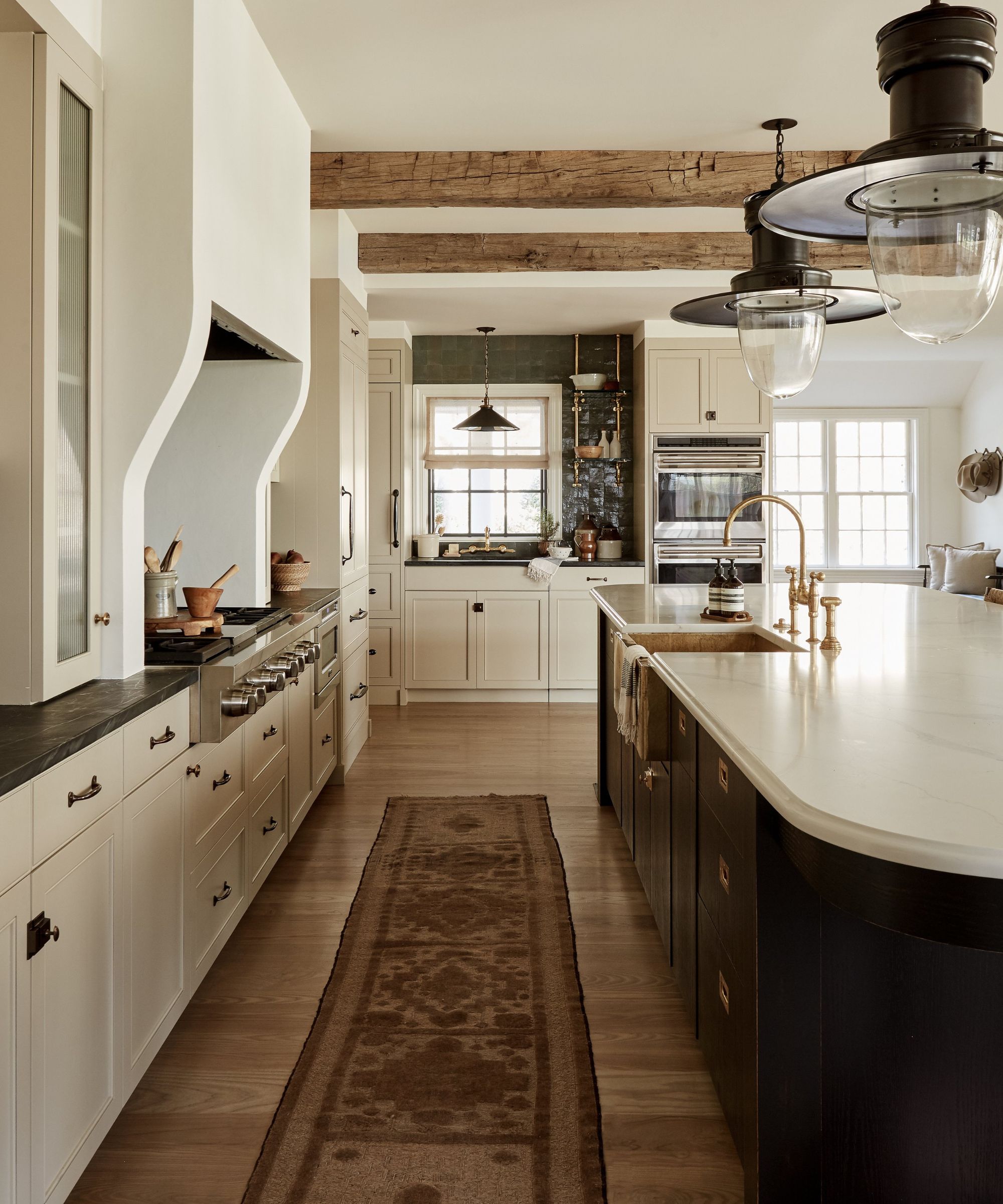
Decorating with bold, maximalist color is not for the faint-hearted, but done right, color can make a world of difference to a space. If you love confident color choices but also want your home to sing rather than shout, look to a tonal color scheme.
So what's the difference? A tonal color palette showcases an understanding but also errs on the side of caution. In my opinion, the best homes incorporate many colors, but that doesn't mean your home should look like the inside of a box of Crayola.
Using several shades from the same color family is a clever way to embrace what I like to call 'meet-in-the-middle decor'. This method requires careful planning but delivers incredible results – and it leans into a lot of color trends for 2025 that involve softer, more layered schemes.
A tonal palette consists of multiple shades, or tones, of the same color family. The origin shade offers a base, while the other variations build off of it, contributing to a perfectly curated room.
In this kitchen, designed by Becca Galbraith of Becca Interiors, she has beautifully blended harmonious colors consisting of various beiges, taupes, chocolates, and even a burst of dark green. It is a great way to use color without falling into either the maximalist or minimalist camp.
2. Don't be too hesitant to mix styles – but keep it balanced
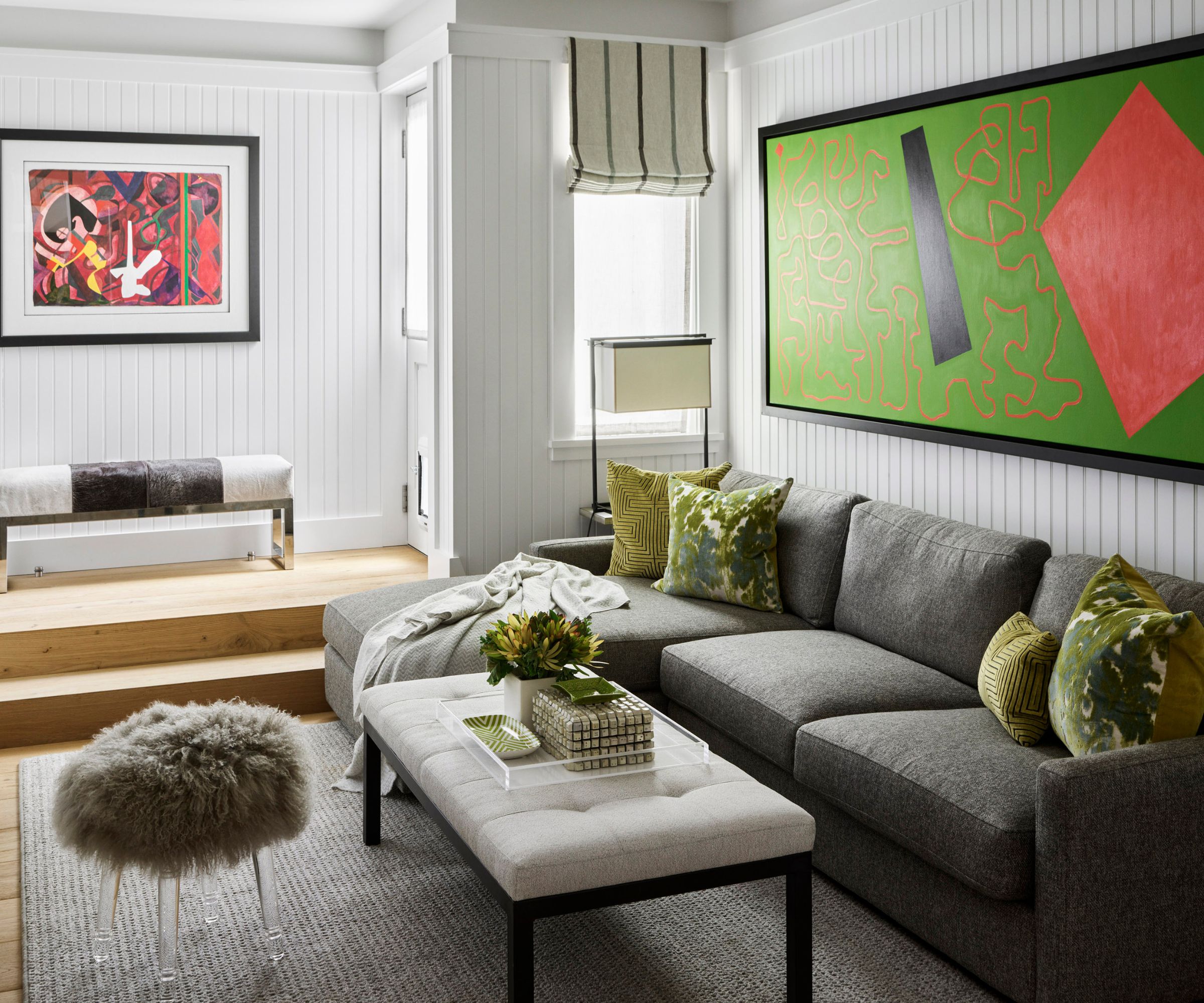
When choosing furniture, accessories, and soft furnishings, don't be afraid to mix and match styles.
We all know opposites attract, and this can be true for both relationships and interiors. The best spaces are cohesive and balanced, yet they don't look like they belong in a catalog either. Interior designers use this technique of juxtaposition to make sure rooms don’t feel too matchy-matchy or too simple.
It can feel intimidating to mix interior design styles, but this is also what will make your home feel unique to you and your partner. My favorite way to mix styles is through furniture. My favorite way to mix styles is through a combination of maximalist, colorful artwork, and simple, contemporary furniture. Mimic the colors from painting or print through accessories and soft furnishings for a cohesive space that looks put together.
Ultimately, if you love a piece, you will find a way to make it work in your space.
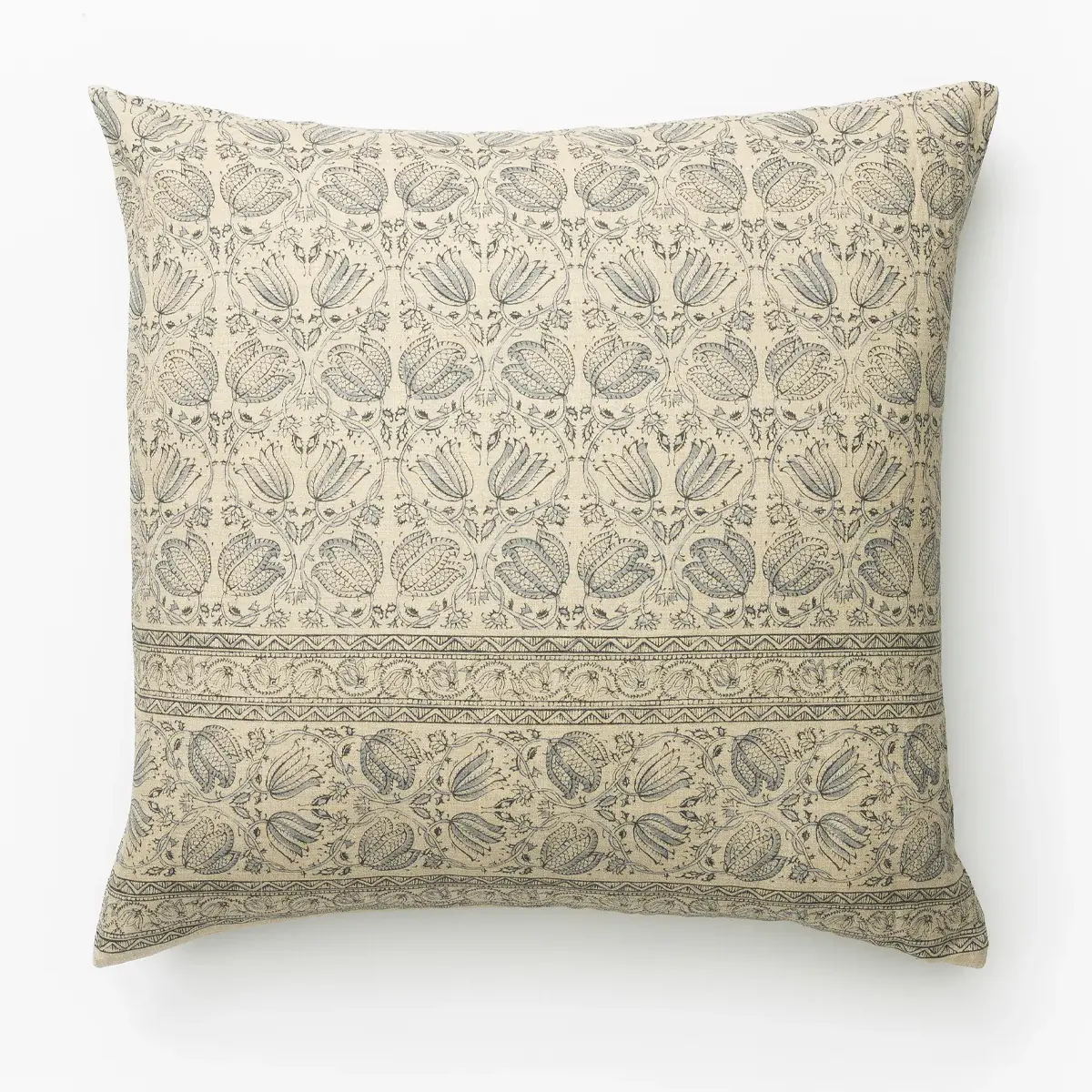 Subtle design
Subtle design
Introducing pattern and color in a subtle way is an art form, and must be done slowly and carefully over time. One of the simplest ways to do this is with throw pillows. The beautiful Danny Floral Print Pillow Cover will make any minimalist – and maximalist – swoon.
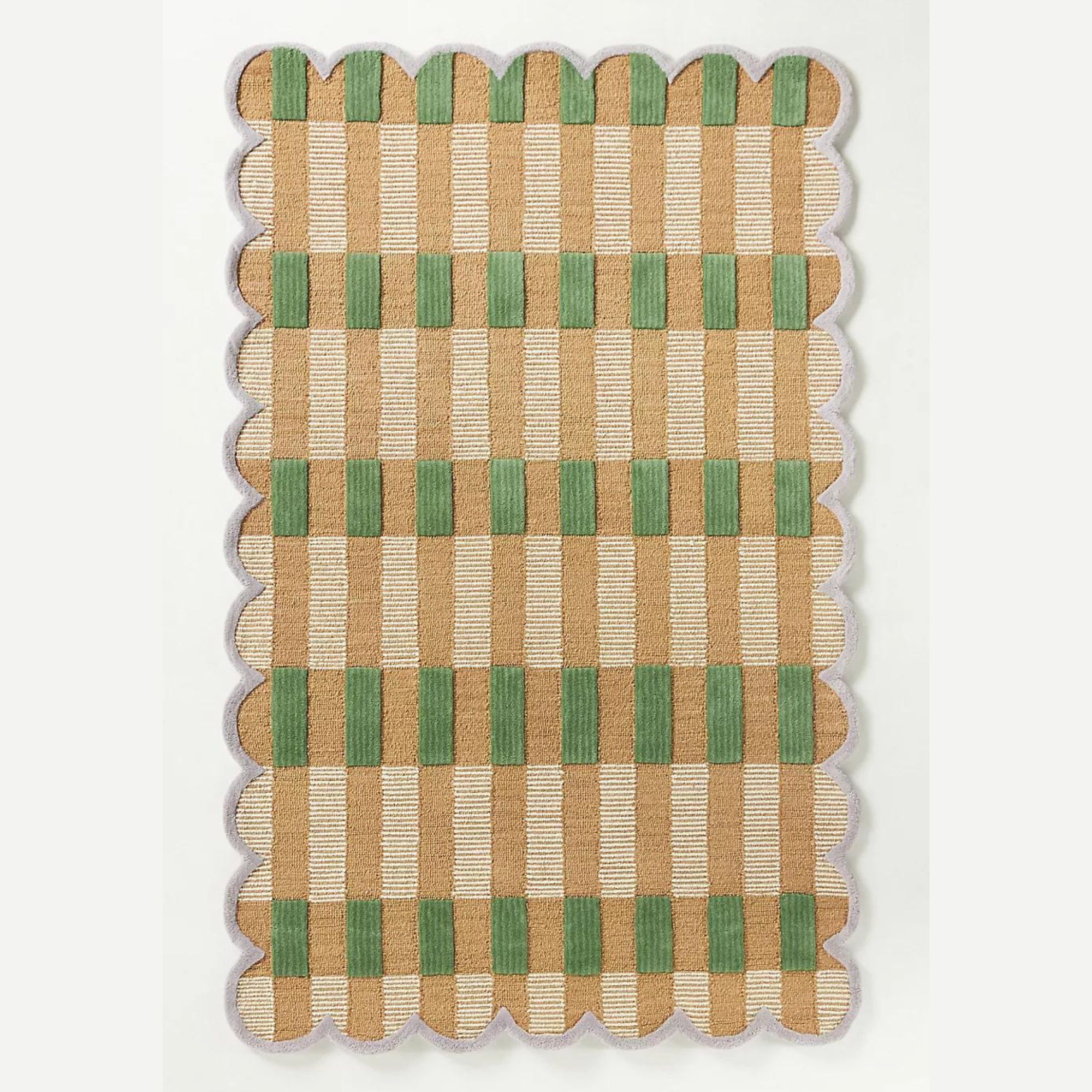
A rug is an easy way to add pattern without overwhelming a minimalist eye. Designed by Matilda Goad & Co. exclusively for Anthropologie, this playful floor covering features a delightful plaid pattern and an on-trend scalloped border.
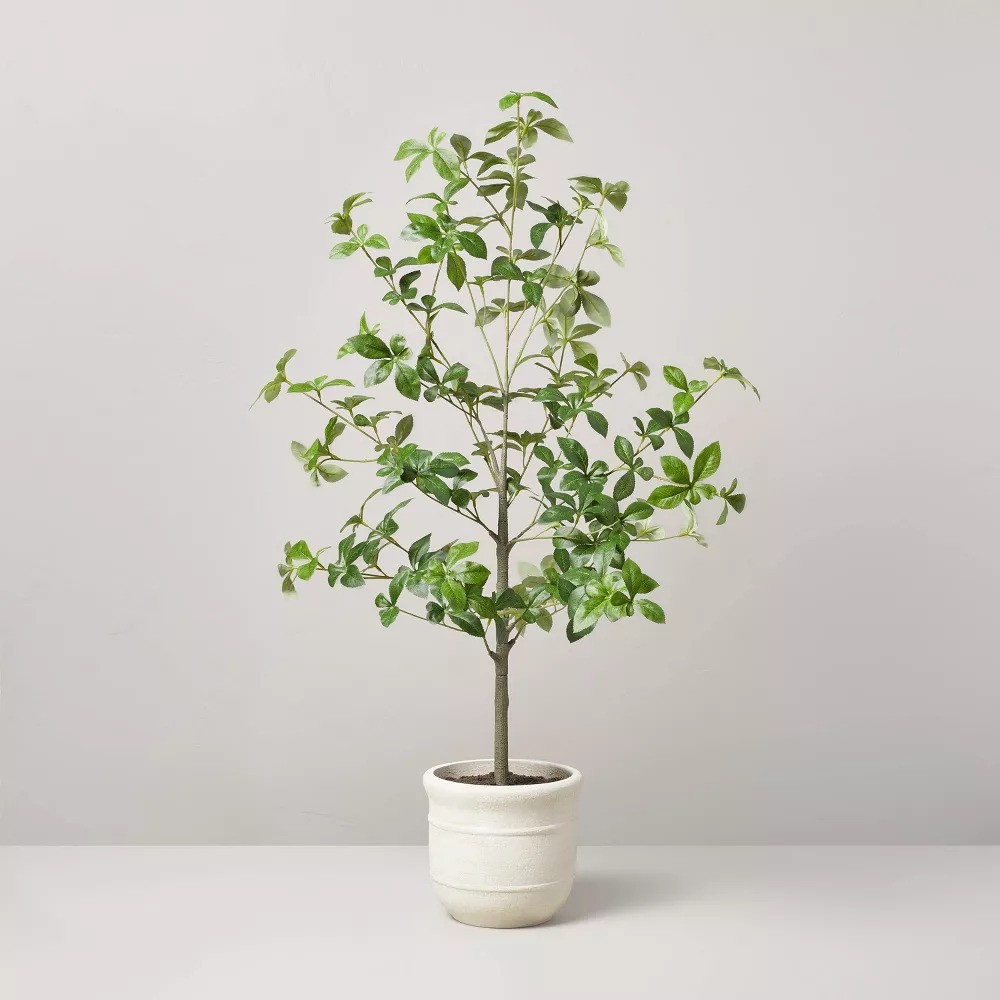
If there is something that maximalists and minimalists can often agree upon, it is houseplants. A faux plant, such as this Joanna Gaines Gypsophila Leaf Plant is a good option and requires no looking after. Win-win.
3. Be respectful of sentimental belongings – but restrict them to certain rooms
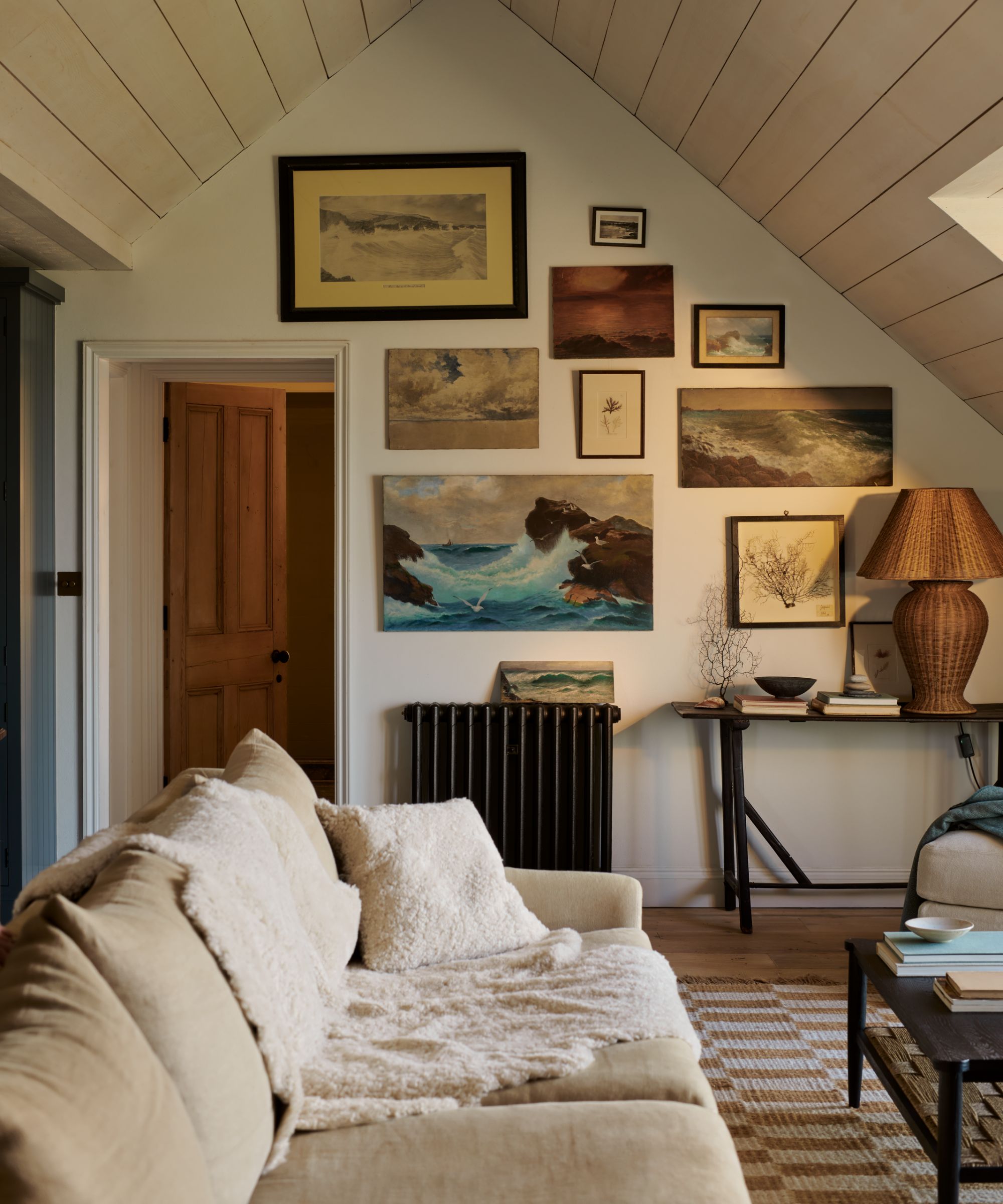
It is important to take stock of what you and your partner already own, and what is of sentimental importance. When reviewing your items together, be open and honest about any sentimental keepsakes that are special to you. However, it is important to be realistic about what you should keep on display.
Your partner may not like the look of your favorite throw pillow or table lamp, but if you tell them that it was a gift from a loved one and it’s important for you to keep (even if it doesn’t match your agreed-upon style), they’ll better understand your love for the piece and will likely find it important, too.
My advice is to agree to keep any items you struggle to compromise on in certain lesser-used shared rooms. Do you have a spare room, a second bathroom, or even a den room? Keeping the main areas of the home free of jarring objects will ensure harmony and will mean that nothing sentimental ends up on the trash heap or at the flea market.
Respecting each other’s personal style will ensure that you both feel comfortable, at ease and represented in your shared space.
4. Step outside your comfort zone – but ensure you are on the same page
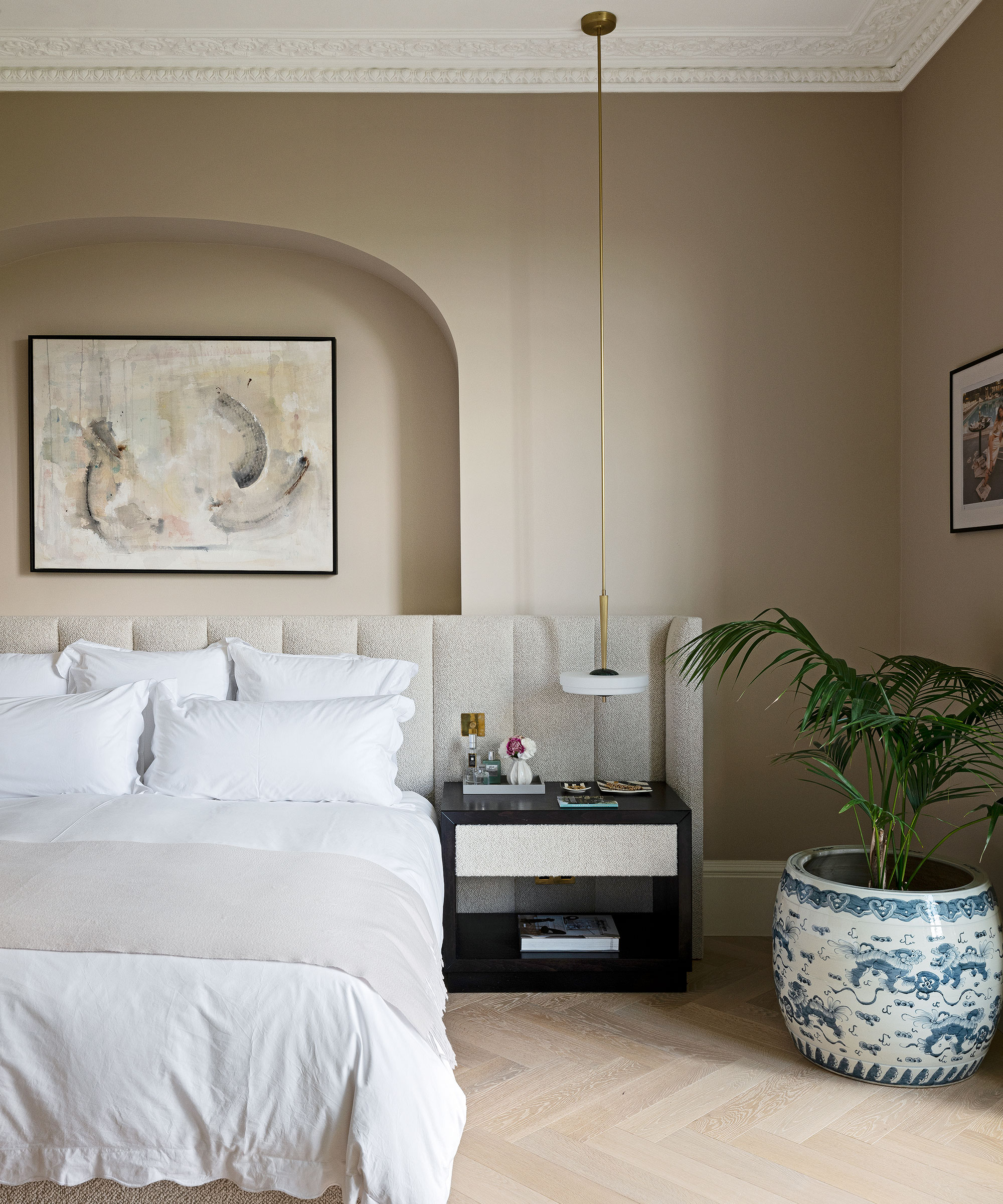
Learning to compromise with someone who has a completely different taste is a challenge, but it is also an exciting opportunity to get creative.
Merging styles successfully is an art form that often takes a lot of trial and error to perfect. The best thing to do for your home – and relationship – is to simply enjoy the process. Get it wrong a few times and try again. It has taken many years to find the 'style' that suits us best, but don't give up.
I always recommend that people step outside of their comfort zone when decorating. It should be fun. If you love minimalism, try introducing a patterned rug or an affordable art print that you can easily switch out if you find it truly isn't for you. It is perfectly fine not to know your style, or to change your mind from time to time.
This is also a great reason to visit a local flea market or furniture auction and see what treasures you find. Shop together – it might be the bonding session you never knew you needed.
5. Don't divide a space into maximalist and minimalist – it will create conflict
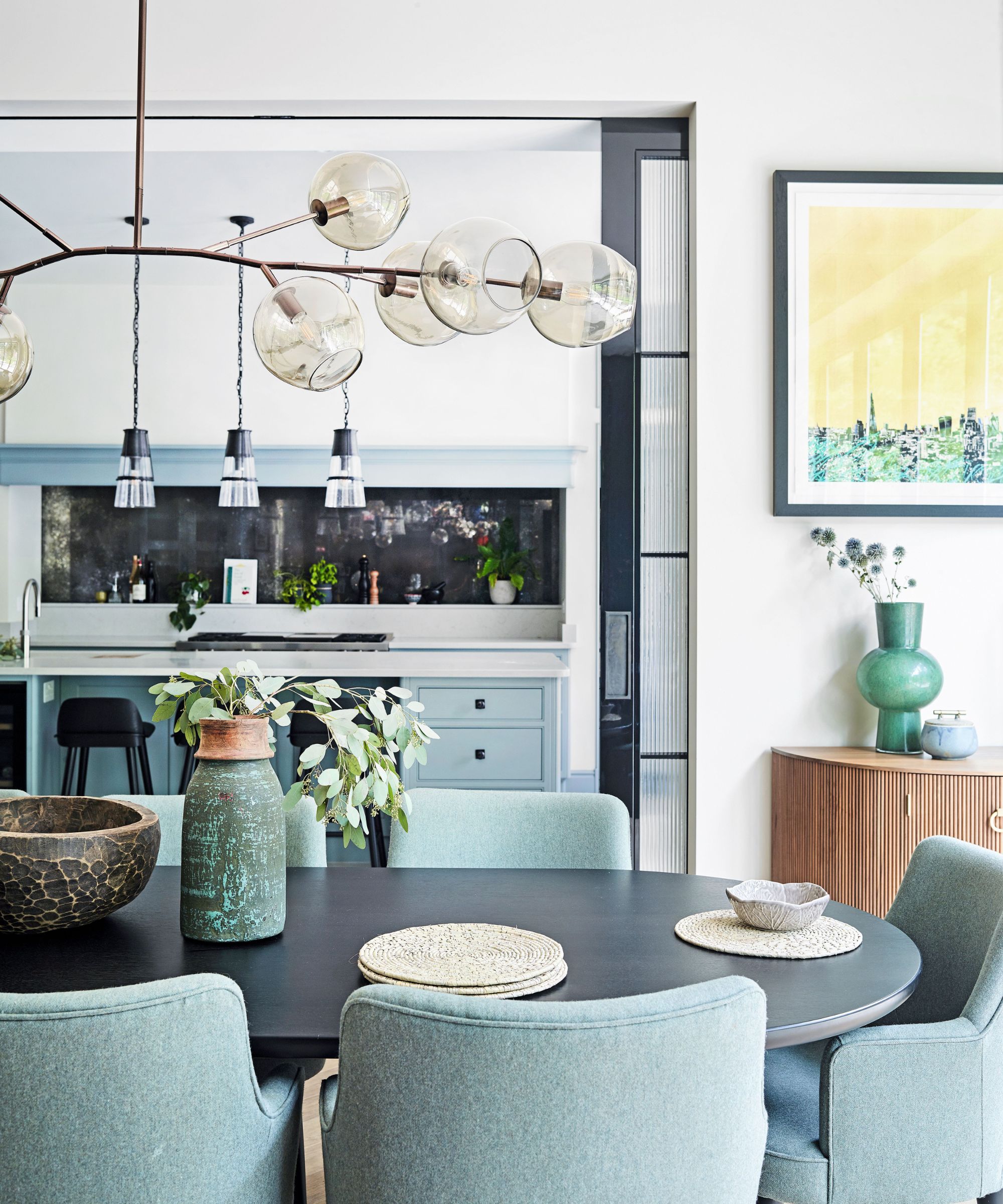
Finally, dividing a space into separate areas or zones might sound like a viable option, but it will only create chaos and disorder. Finding common ground in life – and design – is essential to cohabiting harmony. Avoid creating division by blending styles rather than 'zoning' off sections. Our home is neither maximalist nor minimalist. Without trying to sound too cheesy, it is a harmonious blend of two personalities that have found joy in the unknown.
Sign up to the Homes & Gardens newsletter
Design expertise in your inbox – from inspiring decorating ideas and beautiful celebrity homes to practical gardening advice and shopping round-ups.

Jennifer is the Digital Editor at Homes & Gardens. Having worked in the interiors industry for several years in both the US and UK, spanning many publications, she now hones her digital prowess on the 'best interiors website' in the world. Multi-skilled, Jennifer has worked in PR and marketing and occasionally dabbles in the social media, commercial, and the e-commerce space. Over the years, she has written about every area of the home, from compiling houses designed by some of the best interior designers in the world to sourcing celebrity homes, reviewing appliances, and even writing a few news stories or two.
-
 Everyone is obsessed with vintage tiles right now – bring the nostalgic charm of this classic design feature into your home with our 5 design ideas
Everyone is obsessed with vintage tiles right now – bring the nostalgic charm of this classic design feature into your home with our 5 design ideasHonor the past with our favorite ways to decorate with vintage tiles, as suggested by interior design experts
By Eleanor Richardson Published
-
 'It's a fast reset button' – using the 1, 2 ,3 ,4, 5 decluttering method cleared my persistent mess in seconds
'It's a fast reset button' – using the 1, 2 ,3 ,4, 5 decluttering method cleared my persistent mess in secondsIt's easy, effective and so quick to do
By Ottilie Blackhall Published
-
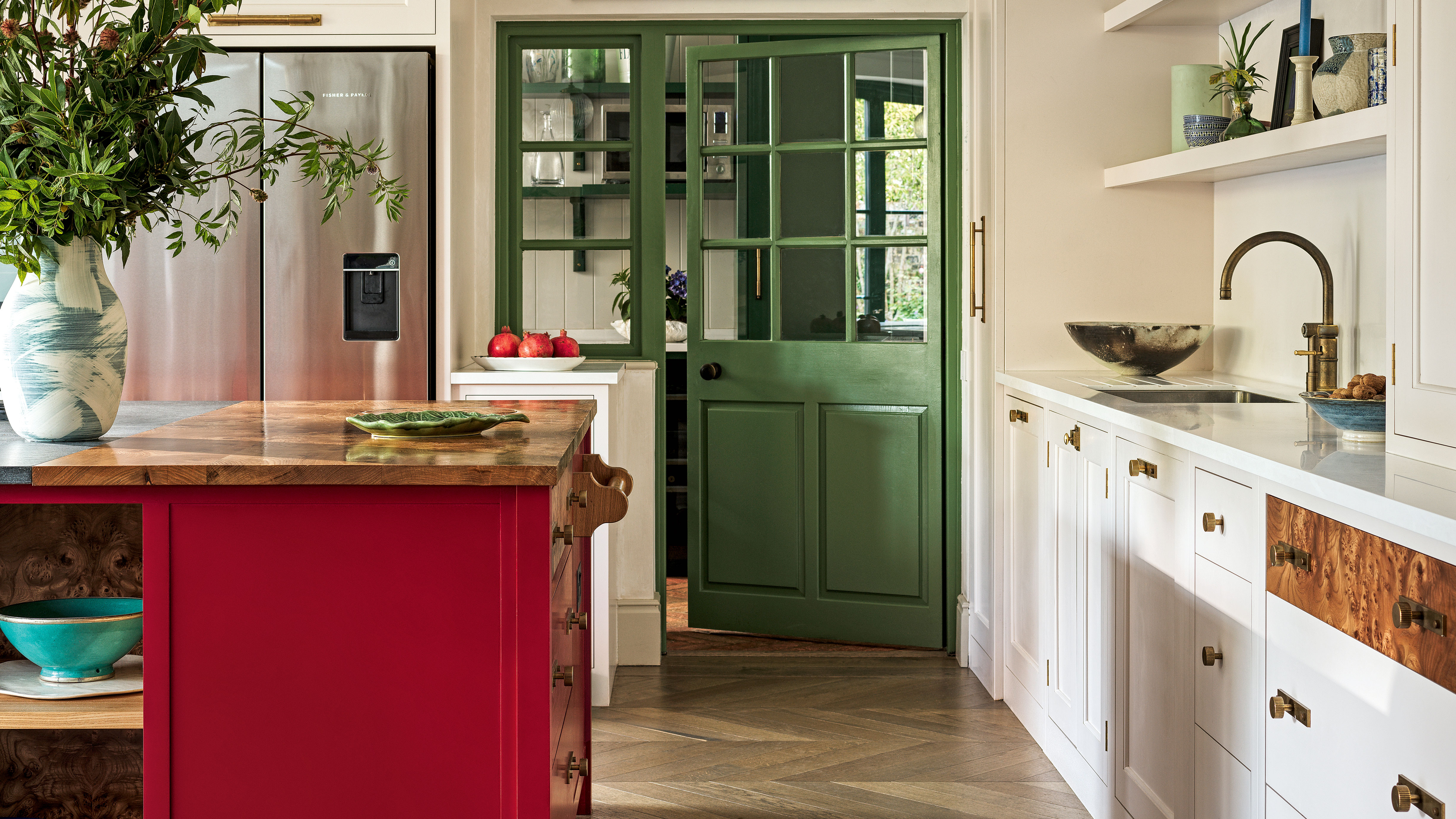 I'm copying 7 of the most popular nail color trends for 2025 to curate my home's color palette – I can't believe I didn't think of it sooner
I'm copying 7 of the most popular nail color trends for 2025 to curate my home's color palette – I can't believe I didn't think of it soonerNail colors and interior design go hand-in-hand in my home. Here's why I am taking inspiration from my favorite manicures and pedicures...
By Jennifer Ebert Published
-
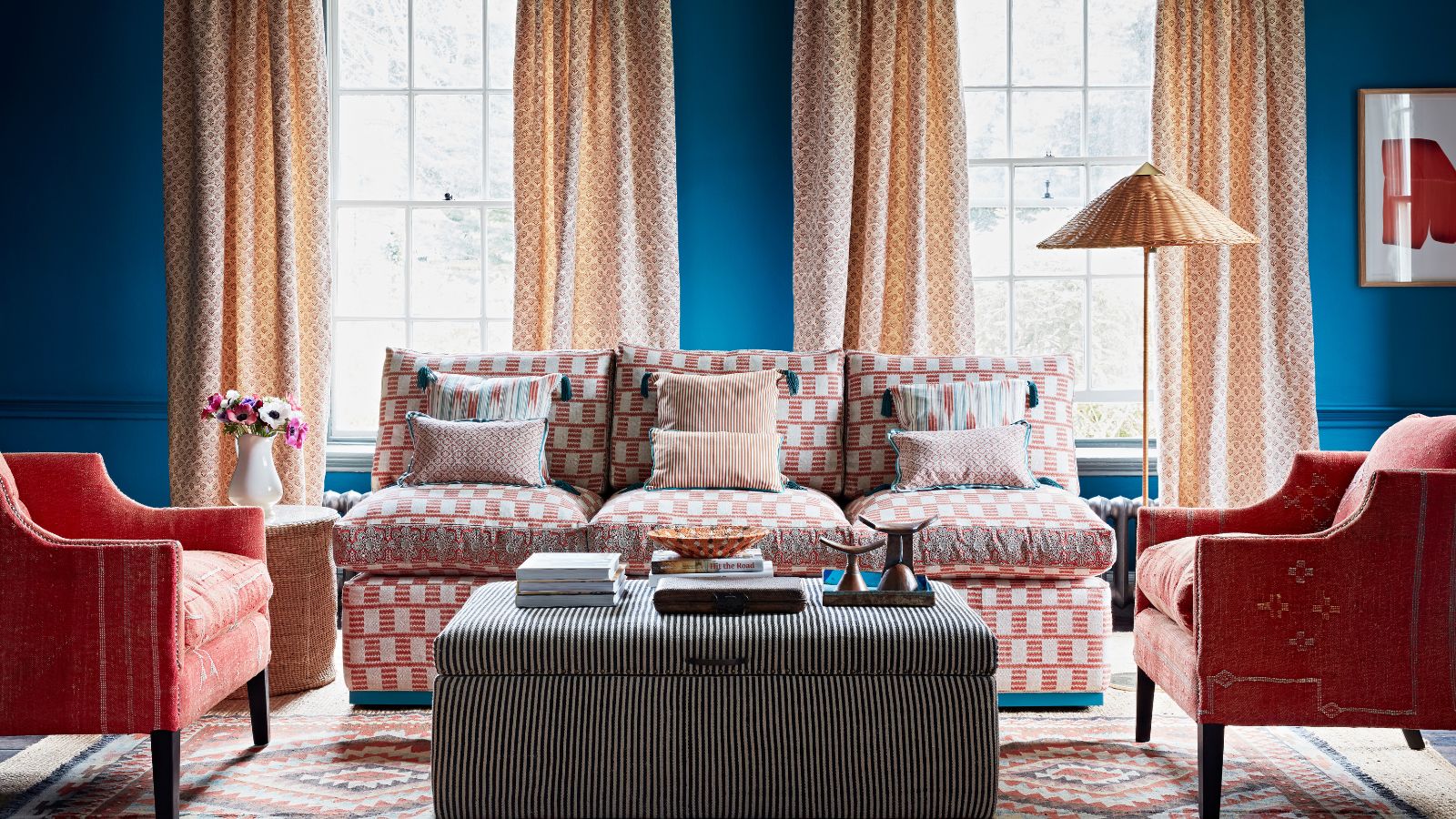 Couch dos and don'ts – 10 tips for choosing the right piece for your space
Couch dos and don'ts – 10 tips for choosing the right piece for your spaceA couch is a big commitment, and finding the ideal one for your home and lifestyle is a serious matter. Experts tell us what to keep in mind
By Aditi Sharma Published
-
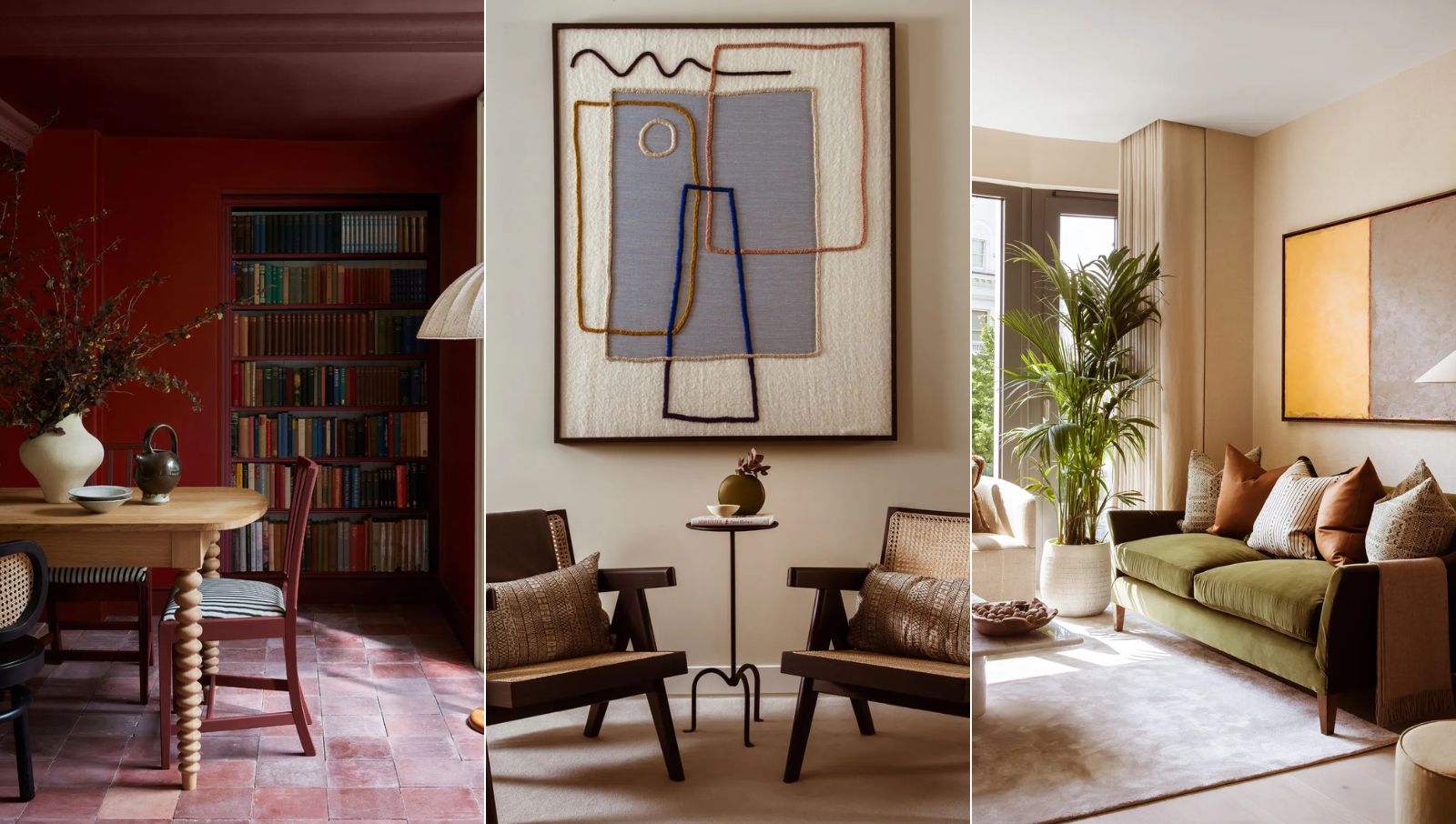 I just spent 3 days in Belgium – 5 enduring trends that will never fade – and you'll want to replicate them all
I just spent 3 days in Belgium – 5 enduring trends that will never fade – and you'll want to replicate them allFrom a warm, rich color palette to plenty of textural accents, here are the interior trends from Antwerp that I have been coveting
By Jennifer Ebert Published
-
 No, not crushed gray velvet – 7 outdated '00s interior design trends making a comeback in 2025
No, not crushed gray velvet – 7 outdated '00s interior design trends making a comeback in 2025These outdated early 2000s trends are sophisticated, contemporary, and better than ever, but will you re-introduce them back into your home in 2025?
By Jennifer Ebert Published
-
 Joanna Gaines always decorates with 3 winning colors, and this instantly expensive-looking palette is the best choice for fall and winter 2024
Joanna Gaines always decorates with 3 winning colors, and this instantly expensive-looking palette is the best choice for fall and winter 2024Create balanced and stylish color schemes with these expert ideas from the master herself, Joanna Gaines
By Jennifer Ebert Published